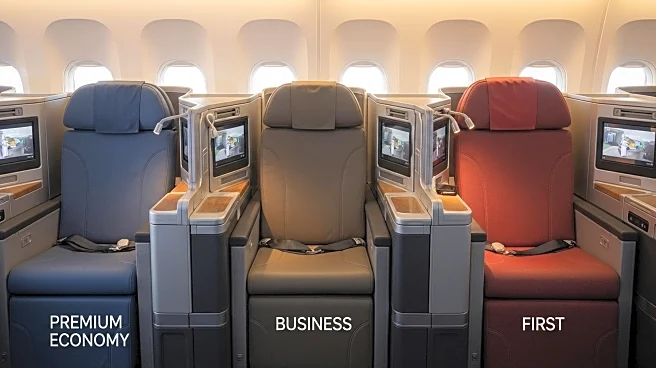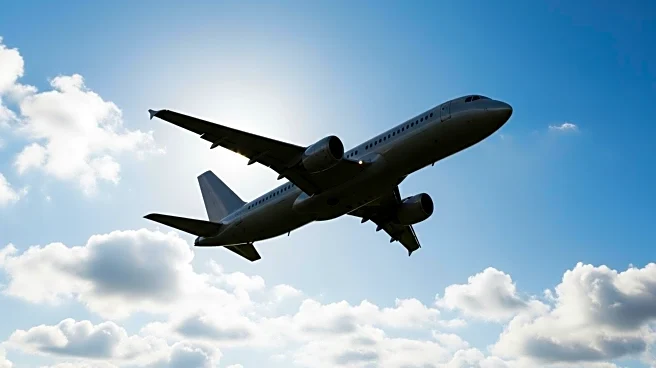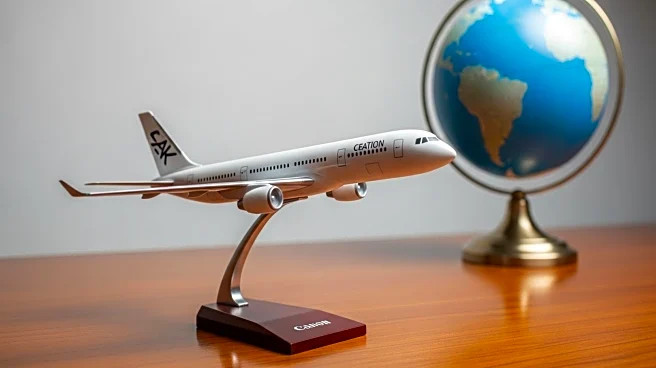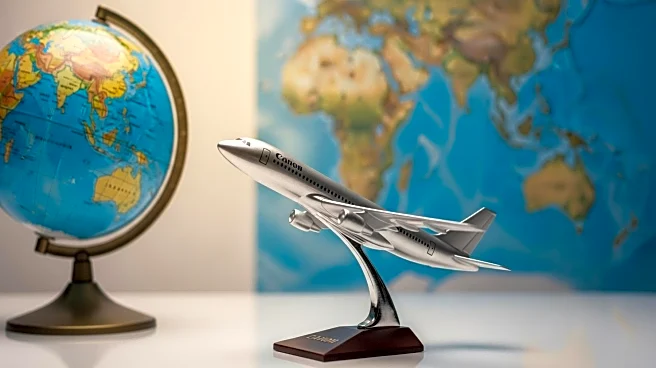What is the story about?
What's Happening?
Airline cabin classes, including premium economy, business, and first class, vary significantly between domestic and international flights. On U.S. domestic flights, first class typically features large recliner-style seats, while international business class often includes lie-flat beds and high-end amenities. Premium economy offers larger seats and better amenities on international flights compared to domestic ones, which usually provide more legroom and minor perks. The distinctions between these classes can be confusing for passengers, impacting their travel experience and decision-making when purchasing upgrades.
Why It's Important?
Understanding the differences between airline cabin classes is crucial for passengers seeking comfort and value for their money. As airlines continue to evolve their offerings, passengers must navigate complex terminology and varying service levels. This knowledge can influence purchasing decisions, ensuring travelers select the best option for their needs and budget. The shift towards larger business-class cabins and the phasing out of first-class seating by some airlines reflects changing consumer preferences and industry trends, impacting how airlines structure their services and pricing.
What's Next?
As airlines refine their cabin offerings, passengers can expect further changes in service levels and pricing structures. Airlines may continue to expand business-class cabins, offering more luxurious amenities to attract high-paying customers. Passengers should stay informed about these changes to make educated decisions when booking flights. Additionally, airlines may invest in marketing and educational efforts to clarify cabin class distinctions, helping passengers understand what they are purchasing and enhancing overall customer satisfaction.
Beyond the Headlines
The evolution of airline cabin classes may have broader implications for the travel industry. As airlines focus on premium offerings, there could be increased pressure on carriers to innovate and enhance passenger experiences. This trend may also influence airport infrastructure, with potential upgrades to accommodate more premium passengers. Furthermore, the shift towards business-class cabins could impact airline profitability and competitive dynamics, as carriers strive to balance luxury with operational efficiency.
AI Generated Content
Do you find this article useful?













